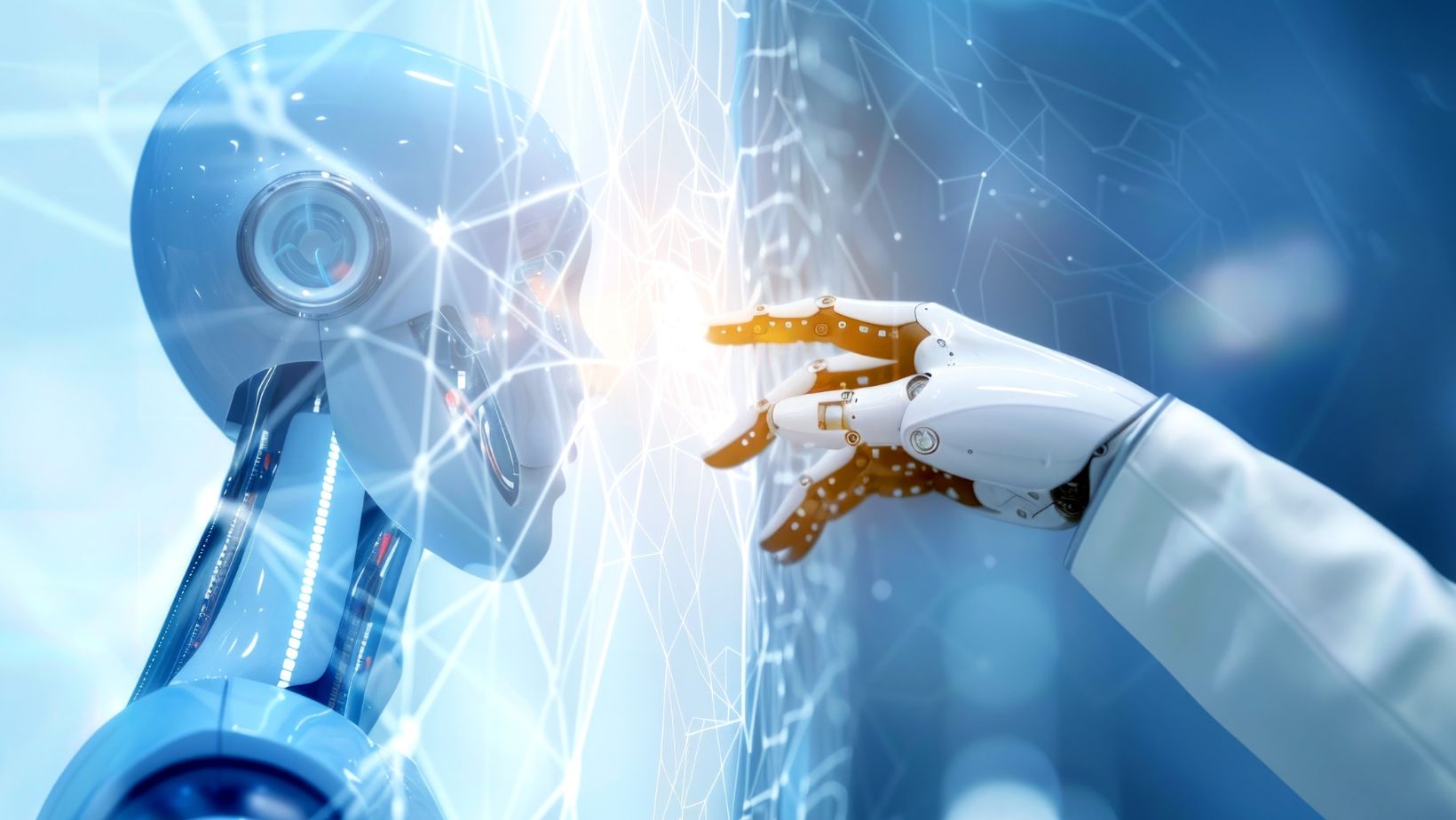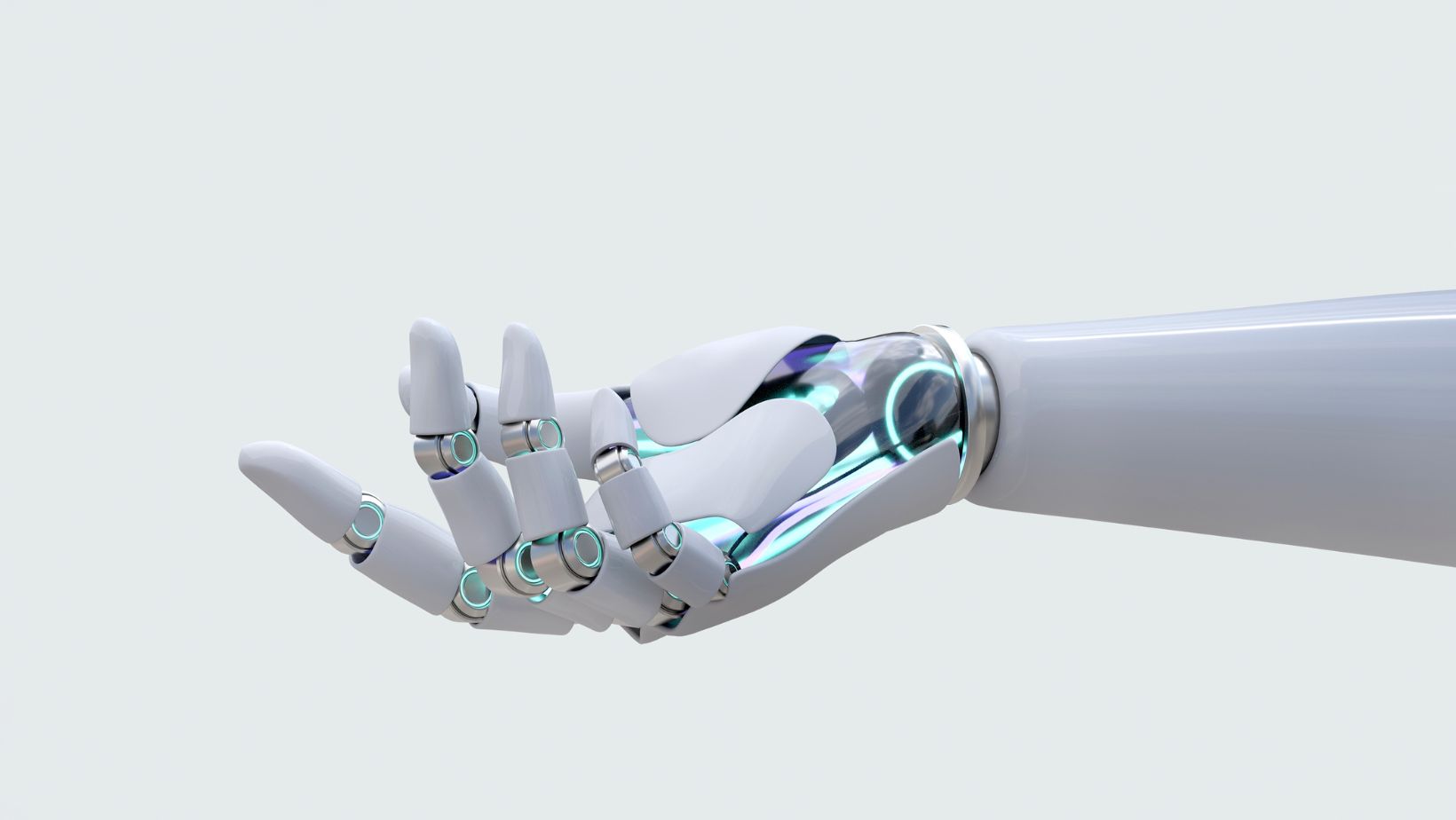Artificial Intelligence (AI) is transforming how people interact with technology and the internet, significantly impacting intellectual property (IP) protection. AI chatbots like ChatGPT generate sophisticated, human-like responses by analyzing vast amounts of data. As AI becomes more prevalent in business, its economic influence continues to grow. The UK government estimates that AI contributed £3.7 billion to the economy last year, fueling increased investment and interest in AI technology.
Intellectual Property (IP) management plays a vital role in contemporary business strategies, particularly for tech-focused companies. It encompasses not just safeguarding innovations, but also maneuvering through intricate legal frameworks. This read The Apple Watch Saga: Lessons in Intellectual Property Strategy is a compelling example of an intellectual property case that offers valuable insights for businesses. These advancements improve how people engage with technology, but they also introduce significant risks. AI tools evolve rapidly, and many remain largely unexplored with little to no regulation. Prominent figures like Elon Musk and the late Stephen Hawking have urged researchers and lawmakers to develop ethical guidelines and regulations for AI.
In 2021, the European Commission (EC) proposed the Artificial Intelligence Act to encourage AI developers in Europe to prioritize transparency and user safety. This act classifies AI applications into three risk categories: unacceptable, high-risk, and non-high-risk.
In April 2023, China’s Cyber Administration released draft measures for generative AI services, inviting public comments. These measures aim to balance AI development with regulatory control to prevent social disruption. One key requirement mandates AI developers to implement safeguards ensuring compliance with government policies and IP regulations.
As AI technology advances rapidly, lawmakers must keep regulations updated to remain effective. Overly restrictive regulations could hinder innovation, while a lack of regulation could lead to unexpected disruptions and negative consequences.
Ongoing debates focus on how AI impacts existing IP systems and whether AI-generated works qualify for patent or copyright protection. The EC’s Artificial Intelligence Act does not address IP concerns, leaving uncertainty about protecting rightsholders’ IP. Similarly, the UK has minimal legislation safeguarding IP against AI-related risks. In response, the UK government launched a consultation on whether copyright should protect computer-generated works without a human author. The outcome maintained existing UK laws, which protect such works. Meanwhile, Chinese courts have ruled that AI-generated content qualifies for copyright protection if human involvement plays a role in its creation.
Current regulations struggle to address IP risks posed by AI. Issues around authorship, ownership, and copyright infringement remain unresolved. Generative AI produces content based on extensive datasets sourced from the internet, making it likely to contain elements of pre-existing works. This raises the possibility of copyright claims against AI generators or their developers. However, the legal framework remains unclear on how such claims would be handled and who bears responsibility.
AI developers must demonstrate they have implemented safeguards to prevent IP infringement. They should establish rules and contracts with third-party content creators, such as artists, image libraries, and database owners, to regulate the use of data in AI-generated outputs. AI users must also verify that their generated content does not infringe on third-party IP rights before using it, particularly in commercial contexts.
With IP laws struggling to keep pace with AI advancements, businesses must educate themselves on potential risks associated with AI-generated content. Companies incorporating AI-generated content into marketing or product design must recognize that AI could inadvertently create content infringing on trademarks or copyrighted materials. Securing legal rights to use AI-generated content remains essential.
Companies must also safeguard their own IP against potential infringement by AI tools. With AI now widely accessible, businesses risk having their IP used without authorization. To mitigate this risk, companies should adopt a robust IP protection strategy. Key steps include:
- IP Assessment: Conduct audits to identify valuable, unprotected intellectual assets. Assess potential infringement risks using professional guidance.
- Copyright Protection: Establish clear copyright documentation to provide evidence in disputes over AI-generated content. Implement protections in all relevant jurisdictions. Blockchain-based solutions can offer secure record-keeping where traditional systems are lacking or costly.
- Patenting: Consult IP specialists to determine which aspects of AI solutions qualify for patent protection. Experts can guide companies in navigating patent complexities and securing optimal legal protection.
- IP Policy Development: Create clear IP policies outlining usage and protection expectations. Educate employees, partners, and third parties on their responsibilities regarding IP rights.
If managed effectively, AI can enhance brand protection strategies. AI technologies help track IP assets and identify infringers, including those using AI-generated content. While AI serves as a valuable tool for IP enforcement, it cannot yet replace human expertise in legal matters.
Understanding AI’s impact on IP rights remains an ongoing challenge. However, as AI technology becomes more widespread, companies that proactively address IP concerns will be better positioned to leverage AI’s benefits while minimizing associated risks.




More Stories
The Hidden Threats of Modern Tracking Technologies and How to Block Them
How to Stay Invisible Online: Practical Steps for Everyday Users
Marcie McD 25: An In-Depth Exploration